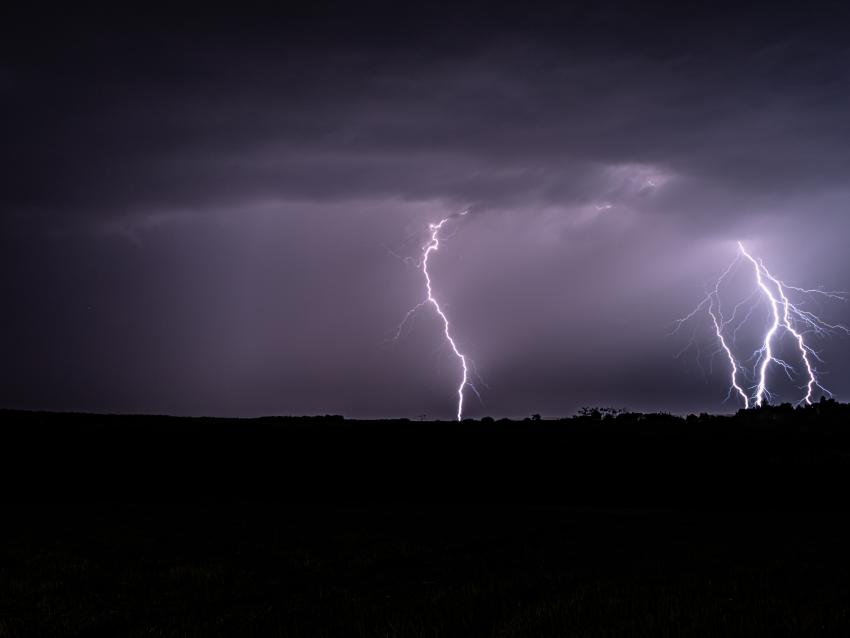
Severe weather injury risks prompt KOSHS Hazard Alert
Severe weather is an ongoing risk to Kentucky workers. From 1994 through 2020, 11 workers lost their lives to lightning, tornados, and floods while working in the state. Then, in December 2021, eight Kentucky workers were killed when a tornado hit the factory where they were working.
As we head into severe weather season, the Kentucky Occupational Safety and Health Surveillance (KOSHS) program recently released a Hazard Alert that focuses on severe weather response and recovery.
“The FACE [Fatality Assessment and Control Evaluation] program has recorded several severe weather-related occupational fatalities since its inception nearly 30 years ago. The tornados that touched down in western Kentucky in December 2020 far surpassed previous fatal events,” said KOSHS program manager Madison Liford.
The severe weather preparedness and response Hazard Alert is intended as a resource for employers and workers who are responding to cleanup efforts after severe weather events and working to establish preparedness plans in their workplaces, she noted.
The Hazard Alert highlights five worker deaths due to severe weather that occurred in Kentucky, including that of a 67-year-old farm owner who was struck by lightning while installing a watering system for cattle. The farm owner was transported to the hospital and died three days later due to cardiac arrest.
Another case was that of a 40-year-old taxi driver who drowned when the cab was submerged in flash floodwaters. The area was under a flash flood warning.
The Hazard Alert includes recommendations for employers on preventing injury during and after severe weather, taken from best practices created by the Occupational Safety and Health Administration, the National Institute for Occupational Safety and Health, and the U.S. Department of Labor.
The recommendations include:
• Stay aware of severe weather alerts and conditions in your area. Test your alarm systems regularly.
• Develop an emergency plan to prepare for severe weather before it happens. Train workers on severe weather procedures. Conduct practice drills and maintain emergency supplies at your worksite.
• Educate workers on the possible risks during severe weather, including downed power lines, chemical exposure, fire, falls, and heat.
• Ensure that workers involved in severe weather response efforts have the necessary training and personal protective equipment.
Hazard Alerts are brief, two-page bulletins that highlight workplace hazards and provide recommendations to address the hazards. Within the document, KOSHS provides statistics, and practical recommendations that employers can take to protect their workers from the hazard, and additional resources that those viewing the document can peruse to learn more about the highlighted risk.
KOSHS, an occupational injury surveillance program of the Kentucky Department for Public Health and the Kentucky Injury Prevention and Research Center, typically releases several Hazard Alerts each year. Terry Bunn, PhD, is the principal investigator of the KOSHS program.
To view the full Hazard Alert and past alerts, visit https://kiprc.uky.edu/programs/fatality-assessment-and-control-evaluation-face/hazard-alerts.